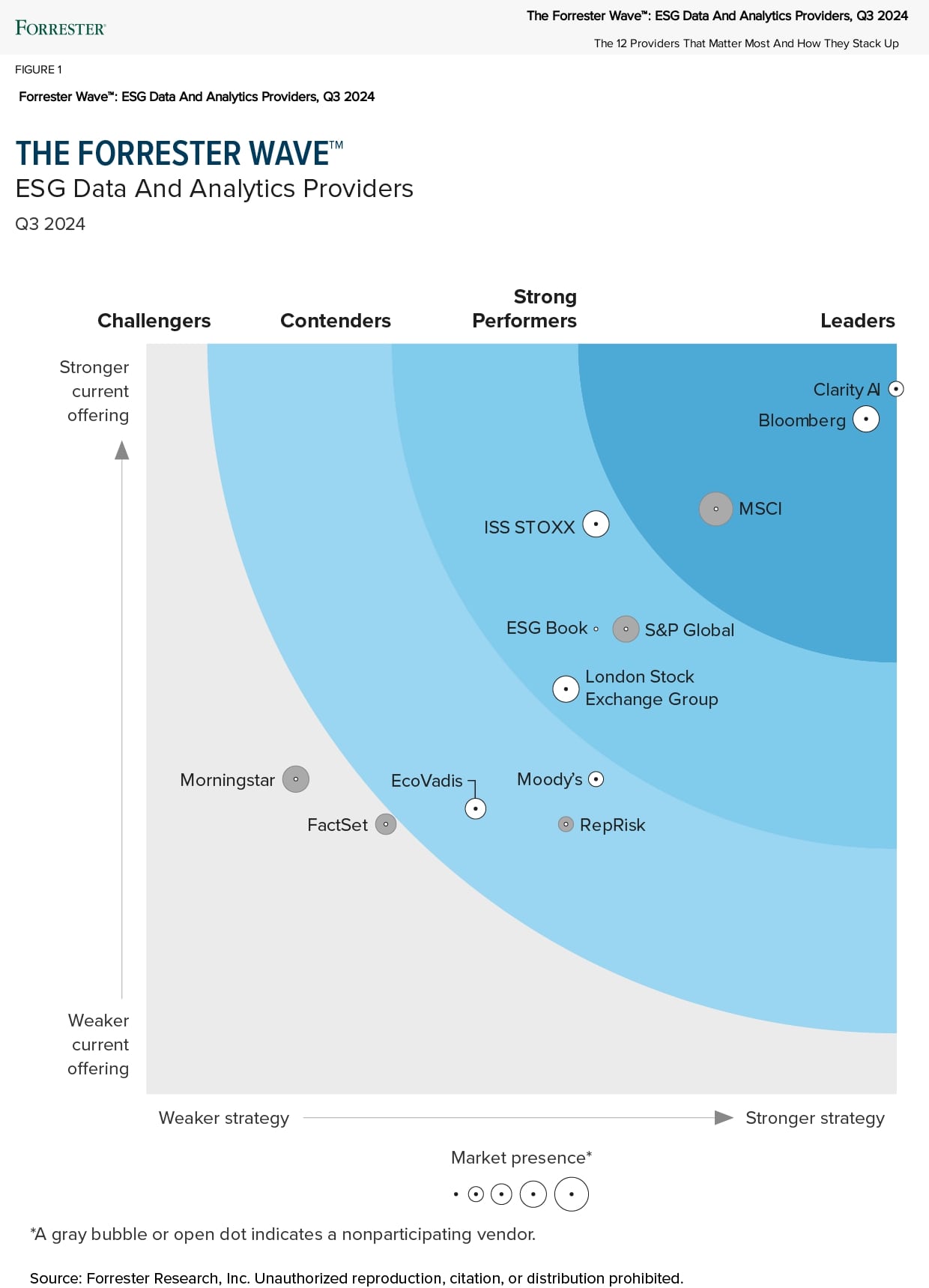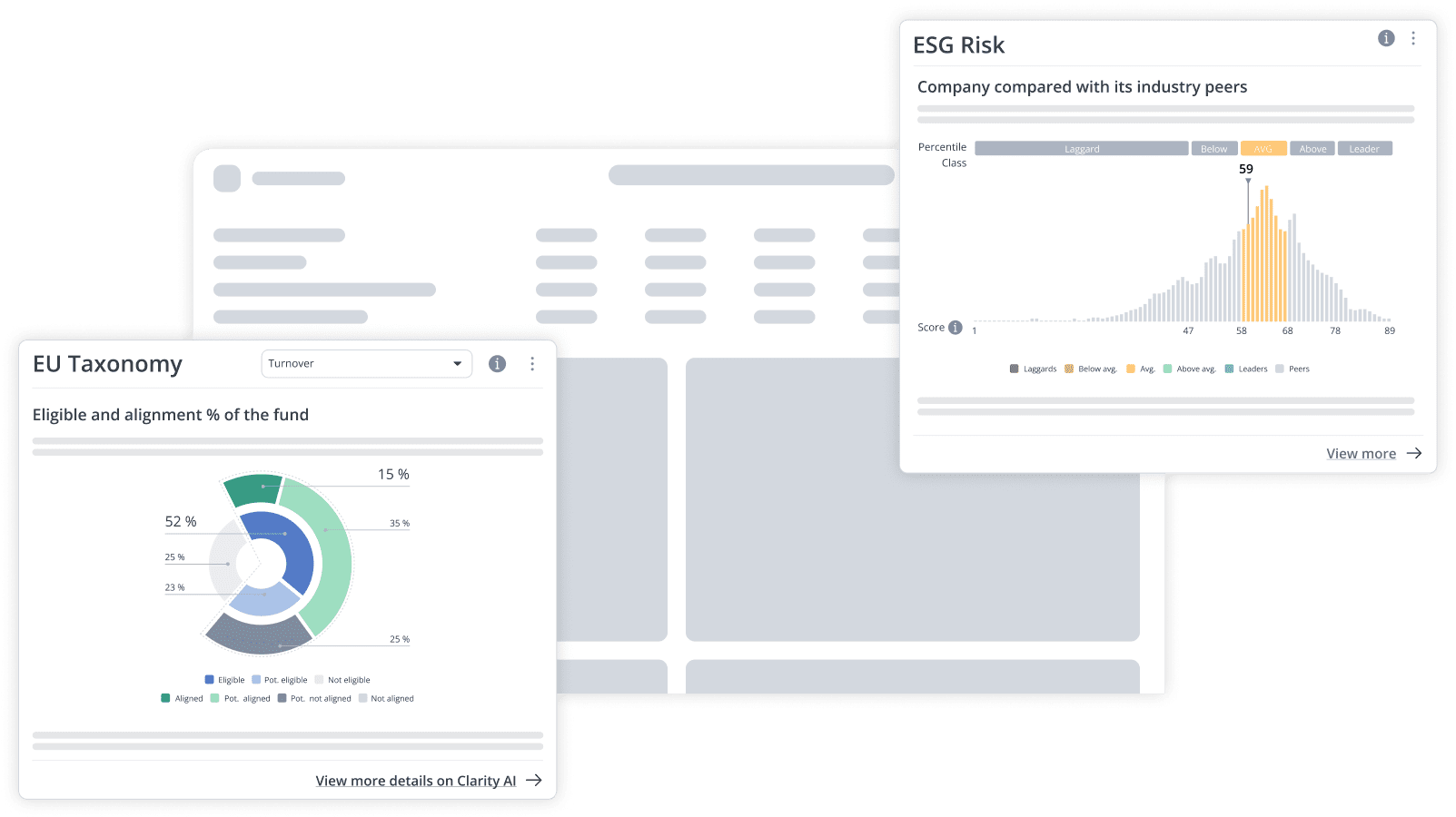On April 4, 2024, the US Securities and Exchange Commission (SEC) announced a delay in the implementation of its finalized rules on climate-related disclosures.
This delay stems from legal challenges filed by several states and business groups subsequent to the adoption of the rules. The rules were scheduled to come into effect on May 28, 2024, with application phased in starting with the 2025 fiscal year. However, following the SEC’s announcement on April 4, 2024, the rules would not come into effect until the Eighth Circuit Court of Appeals finishes its review.
These long-awaited rules, adopted on March 6, 2024, address SEC registrants, which are companies that are subject to the SEC’s regulatory oversight, such as (but not limited to) public listed companies, private companies, and other entities offering securities for sale to the public. The rules are a starting point to meet the needs of investors who want trustworthy and comparable information about the financial effects of climate-related risks on a company’s operations, as well as the company’s strategies for dealing with these risks.
Adjustments to Initial Proposal
Compared to the draft proposed in March 2022, the rules were finalized with a narrower scope and the deadlines for disclosure and assurance were extended.
Some elements have been weakened: For example, disclosing Scope 3 greenhouse gas (GHG) emissions is no longer required and disclosing Scope 1 and 2 GHG emissions is conditional on a materiality threshold. Notably, disclosures related to GHG emissions and climate risks are to be presented outside of the financial statements. Financial statements only need to include quantified information on how severe weather events affect a company’s financial estimates and assumptions.
Affected Companies
Nearly all SEC registrants (domestic and foreign) must file financial statements, registration statements, and annual reports with the SEC. The climate disclosure rules apply to registrants, also called “filers,”¹ that the SEC classifies as:
- large accelerated filers (LAFs)²
- accelerated filers (AFs)³
- non-accelerated filers (NAFs)
- small reporting companies (SRCs)
- emerging growth companies (EGCs)
Exemptions
NAFs, SRCs, and EGCs do not have to disclose their Scope 1 and Scope 2 GHG emissions.
Key Components of the Climate Disclosure Rule
The rules affect SEC registrants’ financial statements (regulated by Regulation S-X) and registrants’ annual reports and registration statements (regulated by Regulation S-K). The rules also amend other legislation, including the Securities Act and the Securities Exchange Act, to incorporate provisions on climate-related disclosures.
Requirements that affect financial statements
Regulation S-X lays out reporting requirements for various SEC filings of public companies. The new SEC rules require registrants to include specific climate-related information in their audited financial statements. Table 1 summarizes what is expected.
Table 1. Requirements impacting financial statements (Regulation S-X)
Severe weather and other natural conditions
Financial statements must include quantitative disclosures regarding severe weather events and other natural conditions relating to (a) capitalized costs and charges (balance sheet effects), and (b) expenditures expensed as incurred and losses (income statement effects).
Carbon offset and renewable energy credits (RECs) information
If carbon credits or RECs are a material component of the registrant’s plans to achieve climate-related targets or goals, its financial statements must include quantitative disclosures on the amounts expensed and capitalized, or losses incurred, from using carbon offsets or RECs.
Financial estimates and assumptions
The financial statement must describe the estimates and assumptions about the materially significant effects of (a) severe weather events and other natural conditions and (b) climate-related targets or transition plans that underlie the preparation of the financial statements.
The US Supreme Court’s definition of materiality
The SEC has decided to make many climate-related disclosures in annual reports and registration statements conditional on a particular disclosure being “material.” The definition of material is consistent with the US Supreme Court’s understanding of the term:
“…a matter is material if there is a substantial likelihood that a reasonable investor would consider it important when determining whether to buy or sell securities or how to vote or such a reasonable investor would view omission of the disclosure as having significantly altered the total mix of information made available.”⁴
Materiality-dependent requirements that affect annual reports and registration statements
Registrants are required to provide both quantitative and qualitative climate-related disclosures in their annual reports and registration statements filed with the SEC under Regulation S-K. This information is presented separately from the audited financial statements. Table 2 summarizes what is expected.
Table 2. Requirements impacting annual reports and registration statements (Regulation S-K)
Greenhouse gas (GHG) emissions
- Scope 1 and Scope 2 emissions in terms of CO2e (carbon dioxide equivalent), if material, in gross terms (excluding the impact of any purchased or generated offsets)
- Description of methodology, significant inputs, and significant assumptions used to calculate the GHG emissions
Governance
- Description of management’s involvement in evaluating and managing climate-related risks and oversight of these risks by the board of directors
Strategy
- Physical and transition climate risks that have materially impacted or are reasonably likely to materially impact strategy, results of operations, or financial condition over the short term (within 12 months) and long term (more than 12 months)
- Transition plans for managing transition risks
- Scenario analysis and internal carbon pricing, if used to assess and manage climate-related risks and subject to materiality assessment
Risk management
- Processes for identifying, assessing, and managing climate-related risks
- Whether and how climate-related risks are integrated into overall risk management processes
Targets and goals
- Climate-related targets or goals: scope, units of measure, timeframe
- Progress toward meeting each target or goal and how such progress has been achieved
Compliance Deadlines
The SEC’s climate disclosure rules will gradually apply to registrants depending on their classification. The SEC has also phased in the disclosure of certain content; see Table 3. For more information on the phase in, refer to page 589 of the rules.
Table 3. Phased-in effective dates
LAFs
FYB 2025
FYB 2026
FYB 2026
FYB 2029
FYB 2033
AFs (but not AFs that are SRCs or EGCs)
FYB 2026
FYB 2027
FYB 2028
FYB 2031
N/A
SRCs, EGCs, and NAFs
FYB 2027
FYB 2028
N/A
N/A
N/A
AFs = accelerated filers; EGCs = emerging growth companies; FYB = any fiscal year beginning in the calendar year listed; GHG = greenhouse gas; LAFs = large accelerated filers; NAFs = non-accelerated filers; SRCs = small reporting companies.
Comparison with Other Climate Disclosure Regulations
The recommendations of the Task Force on Climate-related Financial Disclosures (TCFD) are the foundation of numerous climate reporting requirements around the world. And while the SEC leaned on the TCFD’s approach to disclosure, its rules diverge significantly from other regulations and standards that also adopt the TCFD’s approach.
The European Union’s Corporate Sustainability Reporting Directive (CSRD), the Sustainability Disclosure Standards from the International Sustainability Standards Board (ISSB), and California’s climate reporting laws, are generally wider in scope and include the disclosure of Scope 3 GHG emissions. Compared to the SEC’s approach, other jurisdictions require additional governance information to be disclosed, such as executive compensation linked to climate targets, and they have different audit requirements. The CSRD uniquely adopts a double-materiality approach, considering both financial and impact materiality.
To Be Determined—Interoperability
The SEC has not yet included equivalency provisions in its climate disclosure rules, despite there being interest in compatibility with other disclosure schemes. This means there is no standardization between the SEC’s expectations (and the data reported by registrants) and the expectations in other jurisdictions. Instead, the SEC stated that it would “observe how reporting under international climate-related reporting requirements and practices develop before making any determination whether such an approach would result in consistent, reliable, and comparable information for investors⁵.” In the meantime, the rules can be seen as a blow to investors and other stakeholders hoping for standardized climate data to drive their investment decisions and the transition to a low carbon economy. Clarity AI continues to monitor the developments closely.
¹A filer is a company that must submit financial statements and regulatory documents to the SEC.
²Large accelerated filers (LAFs) have publicly owned outstanding shares with a market value of more than $700 million or more, as of the last business day of its most recently completed second fiscal quarter.
³Accelerated filers (AFs) have publicly owned outstanding shares with a market value between $75 and $700 million and have been subject to SEC reporting requirements for at least 12 months.
⁴SEC, The Enhancement and Standardization of Climate-Related Disclosures for Investors, page 105.
⁵SEC, The Enhancement and Standardization of Climate-Related Disclosures for Investors, page 805.




